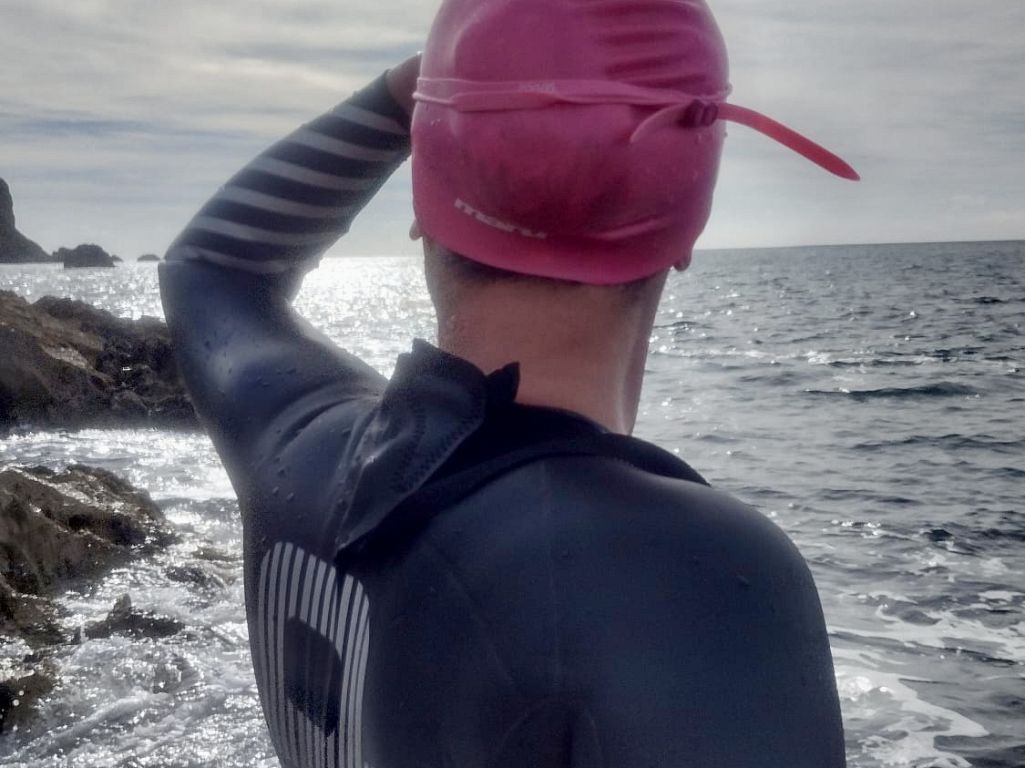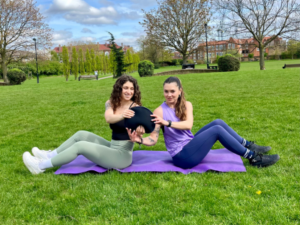Dip your toe into cold water swimming
Did you swim in a river, lake or the sea this summer? How do you feel about doing it now we’re heading into winter? If you’re tempted by cold water swimming but still have some concerns, the KBPT team has gathered some important advice for you. Please remember, this activity isn’t for the fainthearted and it’s your responsibility to swim safely.
What should I wear?
A swimming costume, hat and goggles at the very minimum but, when it’s cold, it’s a good idea to wear a wetsuit, booties, hat, gloves and goggles. A lot of your body heat is lost through your head so, when you’re buying a swimming cap, look for one that is made of thick silicone or neoprene – or you could even wear a woolly hat. Dry robes and changing robes are becoming very popular to help you warm up after your swim.
Is it safe?
Like any outdoor activity, cold water swimming can be dangerous so it’s vital that you understand the risks before giving it a go. Most importantly, you need to be a confident swimmer and able to tread water and float on your back. Tips for staying safe include:
Check the weather forecast, tide times, swell, current, flow, water quality and potential hazards at your swim location
Don’t jump in as you could get cold water shock – make sure you enter the water in a slow and controlled way
Swim with other people and/or where there’s a lifeguard
Don’t swim after drinking alcohol
Wear a brightly coloured cap or hat so that you can be seen
Don’t stay in the water for too long (especially if you’re new to it)
Dry yourself off and put warm clothes on as soon as you get out
Don’t swim in canals, urban rivers or flood water
What are the health benefits?
When you’re in cold water, you get a rush of endorphins and dopamine. So, it’s a great way to de-stress, focus your mind and boost your mood. Cold water swimming also gives you a gentle full body workout and has a number of physical health benefits. It can help to improve your cardiovascular health, reduce inflammation and boost your immune system, for example.
Where can I do it in London and further afield?
If you’ve never swum outdoors in the autumn or winter, it’s a good idea to start off at your local lido (e.g. Brockwell or London Fields). Once you’re ready for some ‘wilder’ swimming, there’s lots on offer around the capital – from Hampstead Heath Ponds to West Reservoir, London Royal Docks to the Serpentine. Outside of London, you could try Sharrah Pool (Devon), the Blue Lagoon (Pembrokeshire) or Divers Cove (Surrey).
Are there any groups I can join?
Cold water swimming is growing fast in the UK and there are lots of groups offering support, including the Bluetits Chill Swimmers (nationwide), Hampshire Open Water Swimmers, Serpentine Swimming Club (London), Salty Sea Birds (Brighton), Blue Balls (Cornwall) and Tidal Thames Swim (London).
Where can I go for more information and advice?
The following websites contain lots of useful information – most importantly, to help you stay safe.
Love Open Water
Outdoor Swimmer
Outdoor Swimming Society
RNLI
The Lido Guide
Wild Swimming
Email kate@kbpersonaltraining.co.uk for a chat about personal training with KBPT (and to get her tips on the best wild swimming locations in Devon!)












